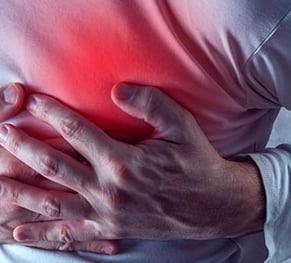The Role of X-Rays in Modern Healthcare: More Than Just Bone Scans
X-ray technology is often the first thing that comes to mind when people think about medical imaging, and for good reason—it's been a cornerstone of modern healthcare for over a century. Most of us are familiar with the use of x-rays to diagnose broken bones, but their role extends far beyond that. Today, x-ray technology is integral to detecting a wide range of conditions, guiding treatment, and improving overall patient outcomes. In this blog, we'll explore how x-rays are used in modern healthcare, from cancer detection to monitoring lung diseases and more.
2/28/20254 min read
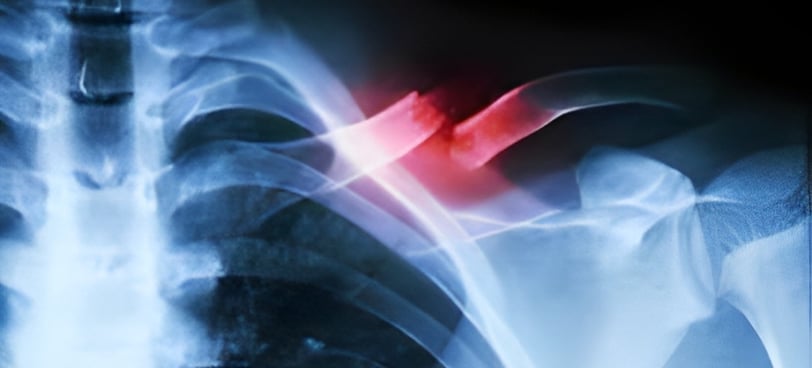

1. X-Rays in Cancer Detection and Treatment
While x-rays have long been used to detect bone fractures, they are also instrumental in the detection and treatment of various types of cancer. For instance, mammography, a specialized x-ray imaging technique, is widely used to detect breast cancer in its early stages. Regular mammograms can identify tumors before they become palpable or visible to the naked eye, which significantly increases the chances of successful treatment.
X-Rays in Other Cancer Diagnoses
In addition to mammography, x-ray technology is also used in CT scans (computed tomography) to diagnose cancers in organs such as the lungs, liver, and abdomen. CT scans create detailed cross-sectional images of the body, which help doctors detect abnormal growths, tumors, and other cancerous conditions with a higher level of detail than traditional x-rays.
Moreover, x-rays are used in radiotherapy (or radiation therapy), a treatment method for cancer patients. High-dose radiation is precisely targeted at cancer cells, using x-ray beams to shrink or eliminate tumors. This approach is often combined with surgery and chemotherapy to provide comprehensive cancer care.
2. X-Rays in Diagnosing and Monitoring Lung Diseases
X-rays are also essential tools for diagnosing and managing diseases that affect the lungs, such as pneumonia, tuberculosis, and chronic obstructive pulmonary disease (COPD).
Chest X-Rays: A Diagnostic Staple
Chest x-rays are a primary tool for doctors when diagnosing respiratory conditions. A chest x-ray can show signs of pneumonia, detect lung infections, and reveal the extent of damage caused by conditions like emphysema and COPD. It can also be used to identify pleural effusions, which are abnormal fluid buildups around the lungs that can occur in diseases like tuberculosis or cancer.
Early Detection of Tuberculosis (TB)
In countries with high rates of tuberculosis, chest x-rays are crucial in identifying the disease in its early stages. TB can cause significant damage to the lungs, and detecting it early allows for more effective treatment. In fact, many international health organizations rely on x-ray technology to screen for tuberculosis in populations at risk.
3. X-Rays in Dental Health: Beyond Routine Checkups
X-rays also play an essential role in dental health. While many people are familiar with the routine dental x-rays that help detect cavities, this imaging technology has numerous other uses in dentistry.
Detecting Hidden Dental Issues
Dental x-rays are often used to identify problems that are not visible to the naked eye, such as cavities between teeth, infections in the bone, or damage to the root of a tooth. In addition to cavity detection, x-rays are invaluable for assessing the health of the jawbone and evaluating the success of dental implants, root canals, and other procedures.
Orthodontic Planning
X-ray images are often used by orthodontists to assess the position and alignment of teeth and jaws. For instance, before starting orthodontic treatment, an orthodontist may use x-rays to evaluate the positioning of teeth and check for issues like impacted teeth, misalignments, or potential complications that could arise during the treatment process.
4. X-Rays in Bone Health and Orthopedics
Of course, the most well-known use of x-rays is in assessing the health of bones and joints. Whether it's for diagnosing a fracture, evaluating bone density, or assessing joint issues, x-rays are an essential tool in orthopedics.
Fractures and Bone Injuries
X-ray imaging is the first-line diagnostic tool for detecting bone fractures and other injuries to the skeletal system. A simple x-ray can determine the location, type, and extent of a fracture, enabling doctors to make decisions on treatment, whether that’s casting, surgery, or other forms of intervention.
Bone Density and Osteoporosis
In addition to detecting fractures, x-rays are used in diagnosing and monitoring osteoporosis, a condition characterized by weakened bones that are more prone to fractures. A DEXA scan (Dual-Energy X-ray Absorptiometry) is a type of x-ray that measures bone mineral density and is commonly used to assess osteoporosis risk, especially in older adults.
5. X-Rays in the Emergency Room: Quick Diagnosis for Critical Conditions
In emergency medical situations, time is of the essence. X-rays provide fast, reliable information that can be crucial in urgent diagnoses. Whether it’s a car accident, a sudden chest pain, or a suspected foreign object ingestion, x-ray imaging helps doctors make swift and accurate decisions.
Trauma and Emergency Care
For patients with traumatic injuries, x-rays are often used in the ER to quickly identify fractures, dislocations, and other injuries. For instance, in cases of trauma, a chest x-ray may be performed to assess for collapsed lungs, rib fractures, or internal bleeding. The ability to diagnose these conditions rapidly can save lives by ensuring the right treatment is administered immediately.
Foreign Object Detection
Another vital use of x-rays in the emergency room is detecting foreign objects in the body, such as swallowed items or items embedded in soft tissues. X-ray imaging is a quick, non-invasive way to locate and assess the nature of the object, allowing medical staff to determine the best course of action, whether that involves removal or observation.
6. X-Rays in Veterinary Medicine: Not Just for Humans
X-ray technology isn’t limited to human healthcare. It's widely used in veterinary medicine to diagnose injuries, illnesses, and conditions in pets and animals. Just like humans, animals benefit from the ability to assess internal injuries, bone fractures, tumors, and other health conditions through non-invasive imaging.
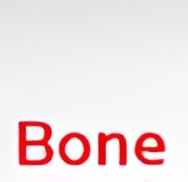
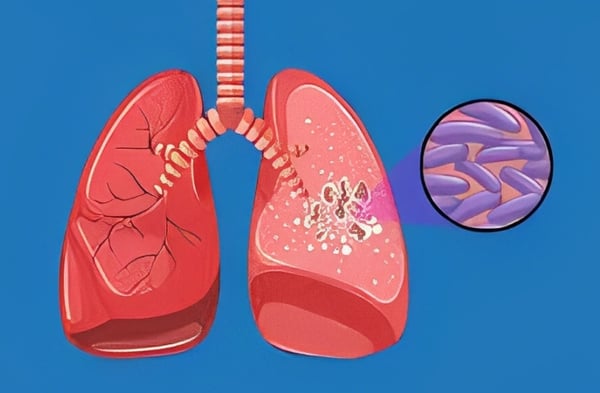

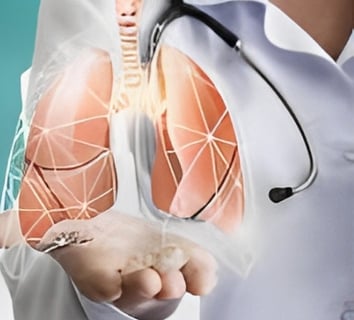



Density and Osteoporosis

Reference Website link:
Radiological Society of North America (RSNA)
American College of Radiology (ACR)
National Institute of Biomedical Imaging and Bioengineering (NIBIB)
Mayo Clinic – Radiology
https://www.mayoclinic.org/departments-centers/radiology/sections/overview/ovc-20469630
